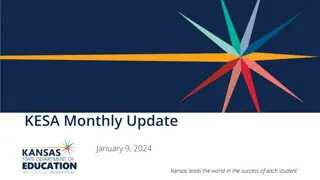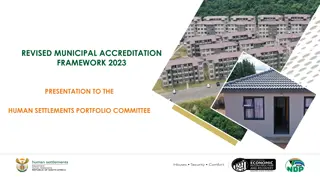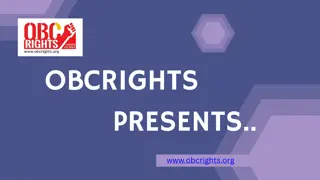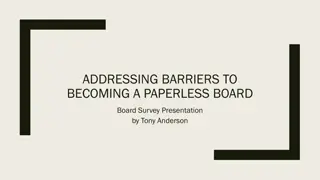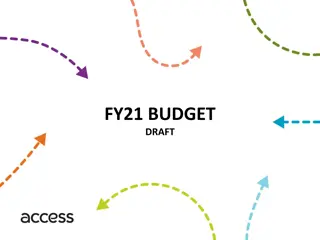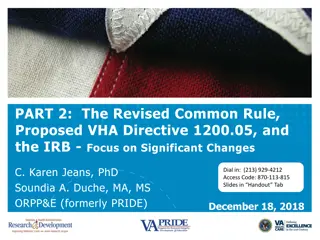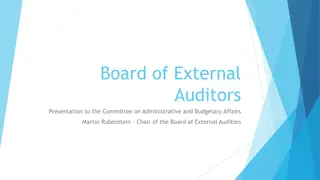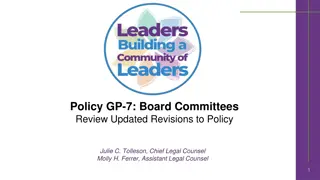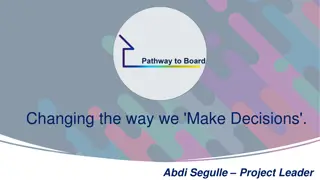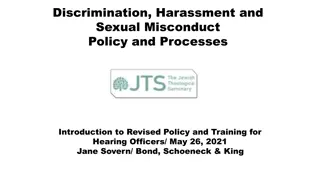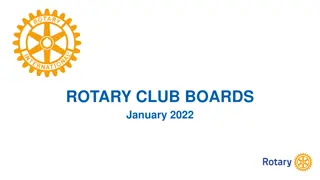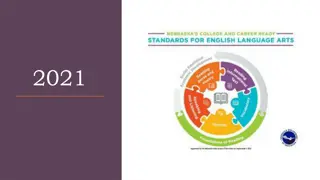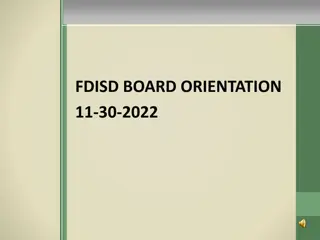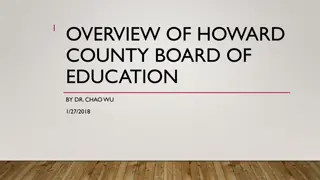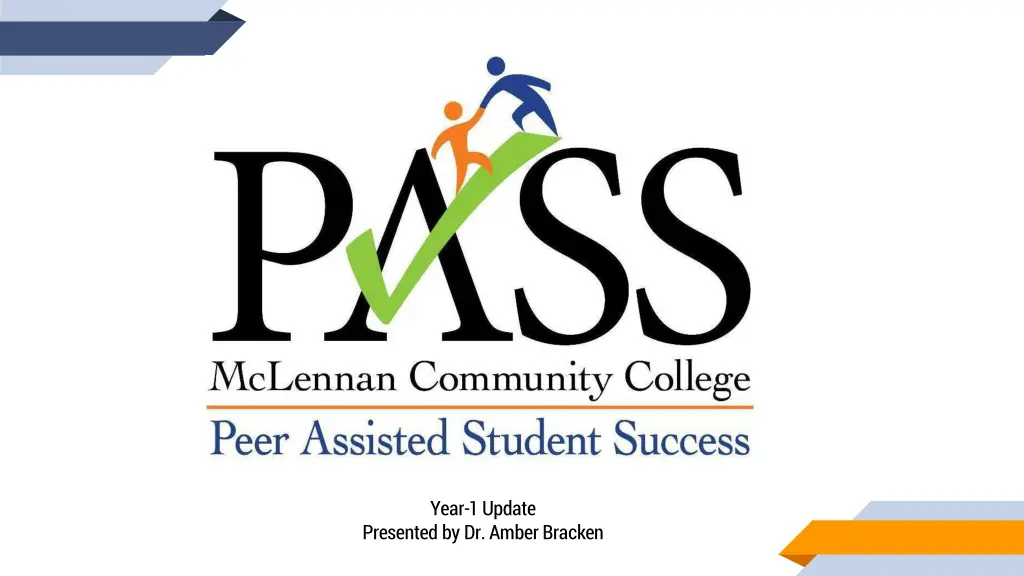
Peer Mentorship and Academic Support Initiatives: Progress and Challenges
Explore the progress and challenges of a peer mentorship and academic support program in Year 1, including objectives met, growth in peer mentorship, challenges identified, and plans for Year 2 improvements. Strategies include standardizing training, expanding peer leadership, and increasing student and faculty participation.
Download Presentation

Please find below an Image/Link to download the presentation.
The content on the website is provided AS IS for your information and personal use only. It may not be sold, licensed, or shared on other websites without obtaining consent from the author. If you encounter any issues during the download, it is possible that the publisher has removed the file from their server.
You are allowed to download the files provided on this website for personal or commercial use, subject to the condition that they are used lawfully. All files are the property of their respective owners.
The content on the website is provided AS IS for your information and personal use only. It may not be sold, licensed, or shared on other websites without obtaining consent from the author.
E N D
Presentation Transcript
Year-1 Update Presented by Dr. Amber Bracken
RE-CAP What is a QEP? What is a QEP? LEAP (2012 LEAP (2012- -16) Title V Grant (2020 Title V Grant (2020- -25) PASS (2022 PASS (2022- -27) 16) 25) 27)
PASS PLAN GOAL 1: Provide FTIC students with peer Provide FTIC students with peer- -led academic support Objective 1a: Standardize training and evaluation of tutors, LF mentors, and SILs Objective 1b: Integrate and promote peer-led academic support programs campus-wide led academic support GOAL 2: Bolster peer social support for FTIC students Bolster peer social support for FTIC students Objective 2a: Foster relationships among students and mentors in LF sections Objective 2b: Integrate and promote peer social support programs 3
ASSESSING PROGRESS OBJECTIVES MET IN YEAR 1 OBJECTIVES MET IN YEAR 1 Standardize training of peer leaders Develop peer leadership curriculum Expand numbers of peer leaders & peer leader-supported classes 4
SI GROWTH BY SEMESTER SEMESTER FALL 2021 SPRING 2022 FALL 2022 9 8 14 SI Leaders Course Offerings Course Sections 8 11 17 14 14 43 115 200 421 Unique Users 470 1,000 1,704 Contact Hours
Peer Mentorship Growth by Year YEAR ONE TWO Peer Mentors Classes Served 5 10 9 11
CHALLENGES IDENTIFIED IN YEAR 1 Requiring attendance/participation Mid-year loss of peer leaders Need for permanent, designated meeting areas Awareness & participation Data analysis/controlling for variables
YEAR 2 PLANS & RECOMMENDATIONS Assess & Plan for Assess & Plan for Improvements in Year 3 Improvements in Year 3 Increase Awareness & Increase Awareness & Participation Participation Implement & evaluate standardized trainings Implement & evaluate peer leadership curriculum Assess impact of peer leadership on student sense of belonging Continue increasing numbers of student & faculty participating in the program Conference presentations PASS website Advertise to students & solicit faculty & staff recommendations Focus groups PD sessions

